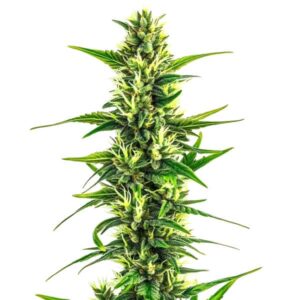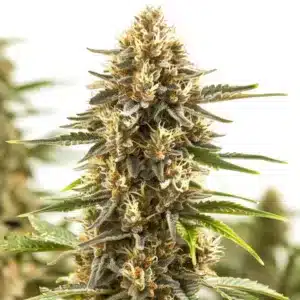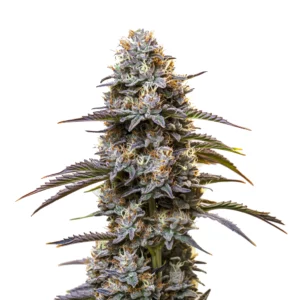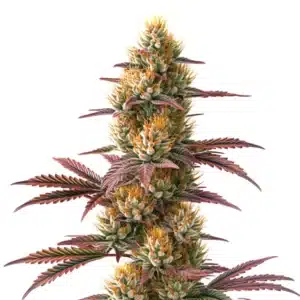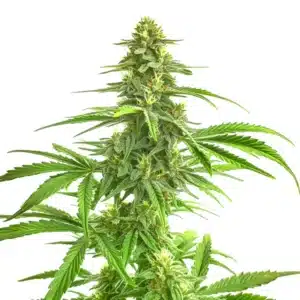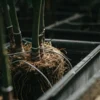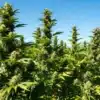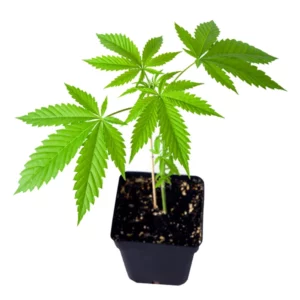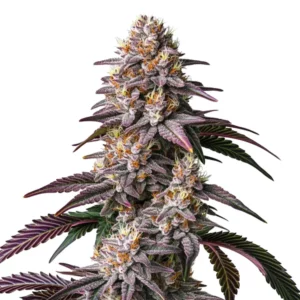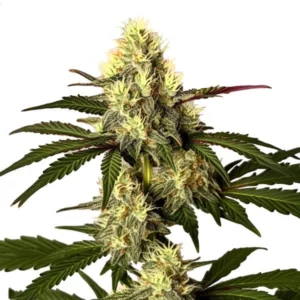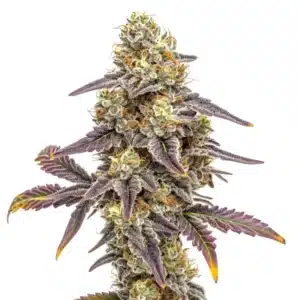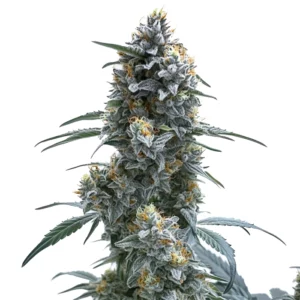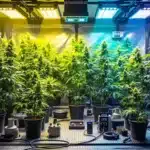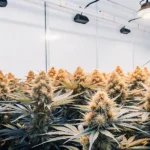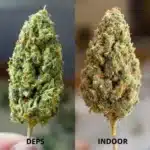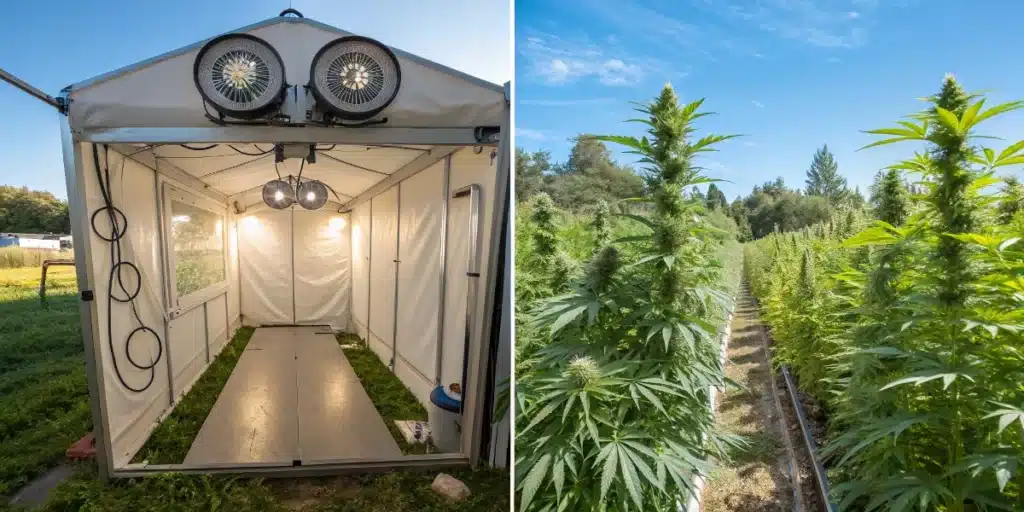
Is Indoor or Outdoor Weed Better? Key Factors to Consider
Comparing Growth Environments
Light and Temperature
The light and temperature conditions can dramatically influence the development of cannabis plants. When determining whether indoor or outdoor weed is better, it’s essential to consider how each environment provides light. Indoor growers have the luxury of controlling light cycles. They can simulate the perfect conditions with grow lights, allowing for year-round cultivation. This means that plants can receive exactly the amount of light they need, leading to better growth and potentially higher yields.
On the flip side, outdoor weed benefits from natural sunlight, which is abundant and often more effective than artificial lighting. Sunlight provides a full spectrum of light that can enhance photosynthesis and growth. However, outdoor growers are at the mercy of seasonal changes. Weather fluctuations can affect growth cycles, making it crucial for them to plan accordingly to maximize their harvest.
Recommended Strains
Auto CBD Pineapple
|
|
CBD | 10% – 12% (Medium) |
|
|
Type | CBD Autoflowering |
|
|
Yield | Low |
|
|
Phenotype | 50% Indica / 50% Sativa |
Pineapple Kush Regular
|
|
THC | 16% - 19% (Medium) |
|
|
Type | Regular |
|
|
Yield | Medium |
|
|
Phenotype | 60% Indica / 40% Sativa |
For indoor growers, incorporating CO₂ enrichment during the flowering stage can further accelerate plant metabolism, leading to denser buds and shorter finishing times. This is a powerful tool to boost yield in a controlled grow room.
Nutrient Management
Nutrient management is another vital aspect when weighing the differences between indoor and outdoor weed cultivation. Indoor growers often rely on hydroponic systems or soil amendments to provide their plants with the necessary nutrients. This controlled environment allows for precise nutrient delivery, which can lead to an optimal growth scenario. However, it also requires a solid understanding of nutrient needs and the ability to monitor pH and EC levels closely.
In contrast, outdoor weed plants can draw nutrients from the soil naturally. With the right soil conditions, outdoor growers can benefit from organic matter and natural minerals. However, this method can be less predictable. Soil quality varies significantly by region, and growers may need to amend their soil to achieve the best results. The choice between indoor or outdoor weed often comes down to a grower’s preference and skill level in managing nutrients.
A good tip: during the vegetative phase, increasing nitrogen promotes strong growth and lush foliage. When flowering begins, switching to higher phosphorus and potassium levels supports bud development and overall potency.
Pest and Disease Management
One of the most critical concerns for any cannabis grower is how to protect their plants from pests and diseases. Indoor weed cultivation provides an advantage in this area due to the controlled setting. With proper sanitation and air filtration, the risks of infestations are significantly reduced. Growers can detect issues early and apply targeted solutions without worrying about external variables.
Outdoor growers face a different reality. Their plants are exposed to the full spectrum of pests, from aphids and mites to larger animals like deer or birds. While outdoor cannabis can develop a natural resistance and benefit from companion planting, it still requires vigilance. Organic pest control methods can be effective, but they are often less immediate than indoor treatments.
Also, after defoliation or pruning, indoor growers should allow the plant extra vegetative days to recover. This helps maintain a healthy growth rhythm and avoids stress-induced stunting. Unlike pruning, plant training or shaping doesn’t delay the flowering schedule.
Water Consumption and Sustainability
Water usage is another major difference between indoor and outdoor weed. Indoor setups can be water-efficient if they use recirculating systems like hydroponics or drip irrigation. Still, they require energy to maintain ideal temperatures and humidity. Water waste can become an issue if not monitored carefully.
Using automated systems and monitoring root zone moisture can drastically reduce water usage while maintaining healthy growth rates.
Outdoor cannabis plants typically rely on rainfall, especially in climates with sufficient precipitation. This can be a huge advantage in terms of sustainability. However, in dry regions, outdoor growers may need to supplement with irrigation, which introduces its own environmental impact. Overall, outdoor grows are generally seen as more eco-friendly if nature cooperates.
Promos & Deals
Impact on Quality and Yield
Flavor and Potency
The flavor and potency of cannabis are critical factors for many consumers. When evaluating whether indoor or outdoor weed is better in these aspects, personal preference plays a significant role. Indoor cultivation can yield potent strains with a controlled growth environment, allowing for the enhancement of terpenes and cannabinoids. Growers can manipulate conditions to boost desired characteristics, often resulting in a more potent product.
To ensure buds reach peak flavor and strength, harvest timing is crucial. The visual sign? Wait until 90% of the pistils have turned a dark orange this signals maximum cannabinoid and terpene maturity.
However, outdoor weed enthusiasts argue that natural conditions can produce unique flavors that are unmatched. Exposure to the elements can contribute to the development of complex terpenes. The diversity of the local ecosystem can influence the plant’s aromatic profile. Ultimately, the debate between indoor versus outdoor weed comes down to the individual strain and the grower’s practices.
Overall Production
When considering the total yield of cannabis crops, both indoor and outdoor cultivation methods have their pros and cons. Indoor growers often achieve higher yields per plant due to controlled environments and optimized conditions. With the ability to manipulate light, temperature, and humidity, indoor cultivators can create the ideal setting for rapid growth, resulting in multiple harvests throughout the year.
However, outdoor weed cultivation can produce larger quantities overall since plants can grow much bigger in natural conditions. Outdoor plants generally have more space to expand and can tap into the extensive nutrient supply of the earth. The decision on which method yields more depends on several factors, including the grower’s experience, the strain being cultivated, and environmental conditions.
Visual Appearance and Bag Appeal
Bag appeal how visually attractive the buds look is often a deciding factor for consumers. Indoor cannabis usually has a more manicured appearance: denser buds, brighter trichomes, and a consistent trim. This is largely due to the level of control indoor growers have over the plant’s life cycle and post-harvest process.
Outdoor cannabis can be just as beautiful, but it’s more prone to environmental wear and tear. Wind, rain, and dust can affect the final presentation. That said, many outdoor growers focus on heirloom or landrace strains that prioritize authenticity and natural flavor over visual perfection. For connoisseurs, the story behind the grow is just as important as the look.
Consistency and Supply Chain Control
Indoor weed offers consistency batch after batch. This is essential for medical users who need the same cannabinoid profile every time. Indoor growers can replicate successful cycles with high accuracy, which is great for dispensaries and brands looking to establish a reputation for quality.
Outdoor growing has more variability. Weather patterns, pests, and natural soil changes can impact each harvest. This can be seen as a disadvantage in commercial settings, but from a craft grower’s perspective, it adds a seasonal uniqueness that appeals to certain market niches. Think of it like wine vintages each harvest tells its own story.
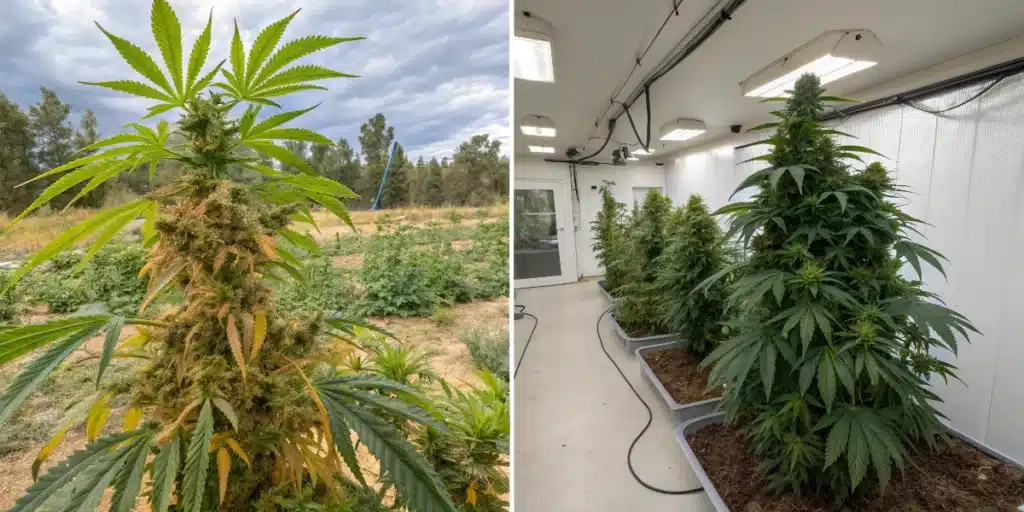
Best Strains for Indoor and Outdoor Growing
3 Good Strains for Indoor Growing
Indoor growing gives you the power to fine-tune every detail from lighting to humidity so choosing strains that thrive in controlled environments is key. Here are three top-performing cannabis strains ideal for indoor cultivation:
- Gorilla Glue 4 (Fast Version): Known for its compact size, explosive resin production, and high THC content, Gorilla Glue 4 is a powerhouse for indoor growers. The fast version shortens flowering time, making it perfect for multiple yearly harvests in tight spaces.
- Gelato #33: A dessert-like strain that delivers dense, colorful buds rich in terpenes. Gelato thrives indoors where environmental control enhances its flavor and aroma. Expect sweet, fruity notes and a relaxing yet euphoric high.
- DoSiDos Auto F1: This autoflowering hybrid doesn’t need a light cycle change, making it beginner-friendly and great for grow tents or stealthy setups. It offers quick harvests and heavy-hitting effects in a compact structure.
Shopping online for indoor strains gives you access to full grow data, including height, flowering time, and specific care tips something most dispensaries rarely offer in-depth. Plus, you can easily browse by grow type and effects.
3 Good Strains for Outdoor Growing
Outdoor cultivation allows cannabis to express its full genetic potential, especially in warm, sunny climates. These three strains are well-known for their resilience, mold resistance, and impressive yields when grown under the sun:
- Power Plant: Originally bred in South Africa, this legendary sativa loves the outdoors. It thrives in direct sunlight, grows tall and strong, and offers large yields of uplifting, citrusy buds.
- Trainwreck: With its sturdy genetics and ability to withstand temperature fluctuations, Trainwreck is a go-to strain for outdoor growers. It produces long, resinous colas with a spicy, earthy aroma and a creative high.
- Zlushie: A flavorful hybrid with excellent resistance to pests and mildew. Zlushie flourishes in natural soil environments, especially in coastal or humid regions, making it a perfect choice for outdoor gardens.
When buying seeds online for outdoor growing, you can filter options based on resistance traits, flowering season, and yield potential. This ensures your outdoor grow matches your local climate and harvest expectations.
Is Indoor or Outdoor Weed Better?: Other Considerations
Decision Factors
Choosing between indoor and outdoor weed cultivation requires careful consideration of various factors. For many growers, it boils down to lifestyle, location, and personal preference. Indoor growers benefit from year-round production and precise control over their plants, making it ideal for those living in areas with harsh climates.
On the other hand, outdoor weed cultivation appeals to those seeking a more natural approach. It can be less costly and labor-intensive, allowing growers to harness the power of nature. Ultimately, the decision may also hinge on the specific strains being cultivated and the desired outcomes. Growers should weigh their options carefully, considering both the advantages and disadvantages of each method.
Legal and Security Considerations
One aspect that can’t be overlooked is legality and safety. Indoor weed is easier to keep discreet important in regions where cultivation is restricted or stigmatized. Odor control, visibility, and security can all be tightly managed indoors. This makes indoor cultivation the preferred choice for urban growers or those seeking privacy.
Outdoor cultivation, while legal in many places, can attract unwanted attention. From theft to local regulations, growing outside introduces more variables. Still, with proper fencing, signage, and community involvement, outdoor cultivation can thrive responsibly. It’s essential to understand your local laws and apply best practices to stay compliant and safe.

Buying Seeds for Indoor vs Outdoor
Whether you’re leaning toward an indoor setup or dreaming of a sun-drenched outdoor garden, choosing the right seeds is your first and most important step. Not all cannabis strains perform equally in every environment. For indoor grows, you’ll want compact, fast-flowering strains like indicas or autoflowers that thrive in limited spaces.
Outdoor growers should look for hardy, mold-resistant genetics especially if they live in regions with high humidity or cooler nights. Sativas and hybrid strains often do well outdoors thanks to their size and resilience. That’s why buying cannabis seeds online from a specialized store is your best bet. You get access to detailed strain data, expert reviews, and filtering tools that help match seeds to your specific growing environment something dispensaries often can’t provide.
FAQS
What are the main differences between indoor and outdoor weed?
The primary differences lie in the growth environment, light exposure, nutrient management, and overall control over the cultivation process. Indoor weed allows for controlled conditions, while outdoor weed relies on natural sunlight and soil nutrients.
Can outdoor weed be just as potent as indoor weed?
Yes, outdoor weed can achieve comparable potency to indoor weed, depending on factors such as strain, growing conditions, and the grower’s expertise. Natural conditions can enhance flavor and terpene profiles, leading to unique characteristics.
Which method is more cost-effective for cannabis cultivation?
Outdoor cannabis cultivation is generally more cost-effective due to lower overhead costs. Indoor cultivation requires investment in lighting, ventilation, and climate control systems, making it more expensive to maintain in the long run.


